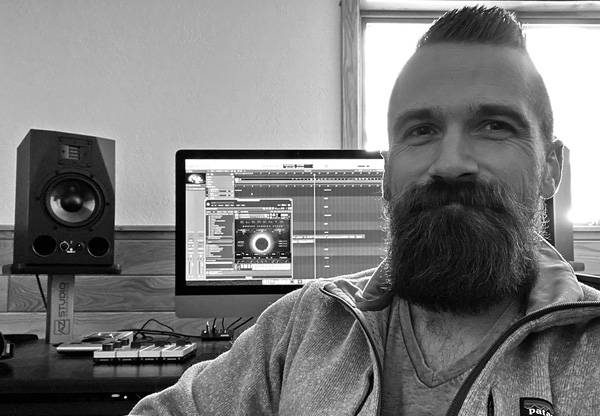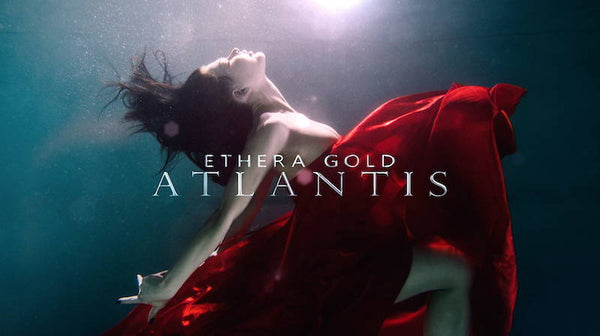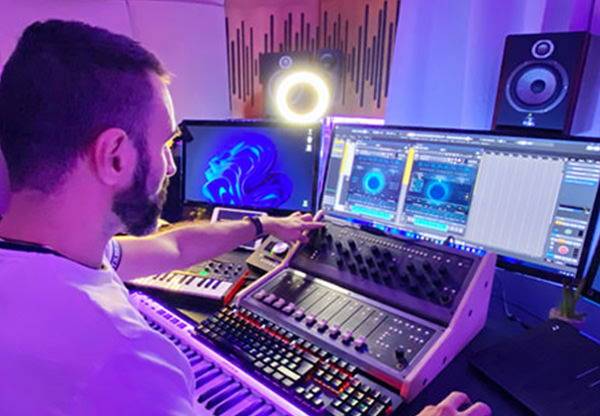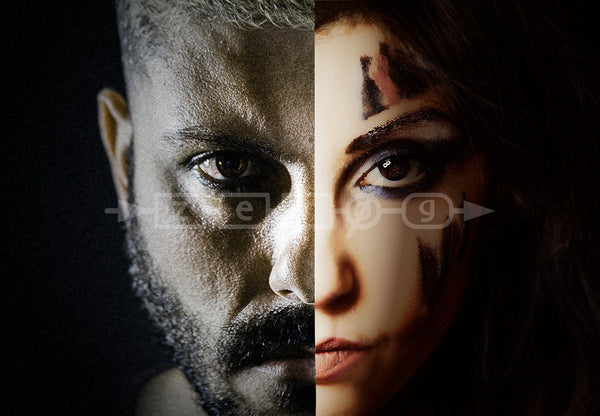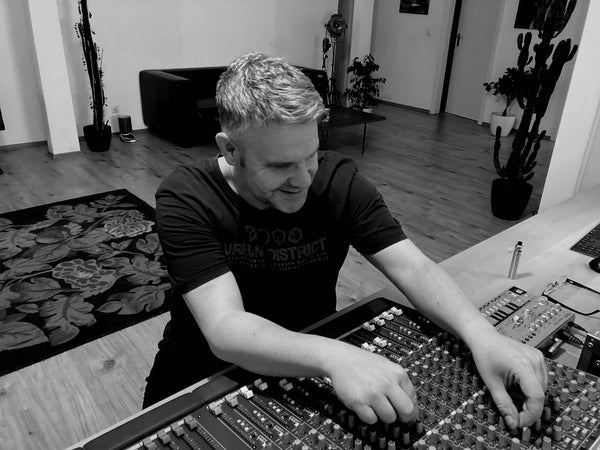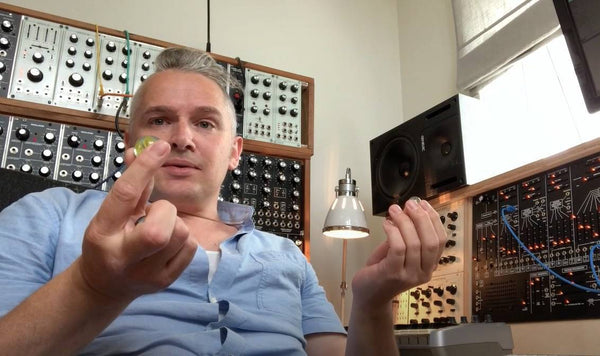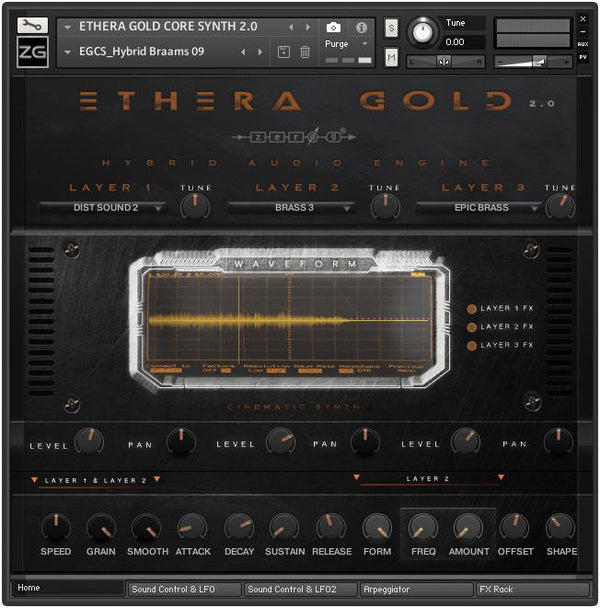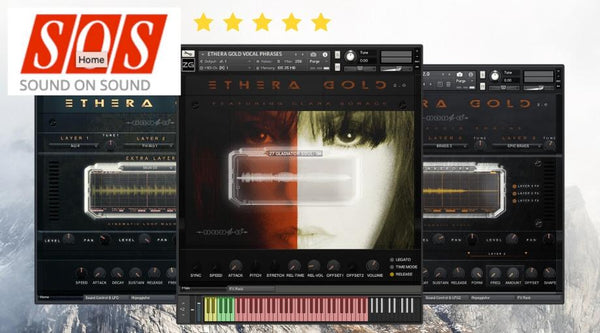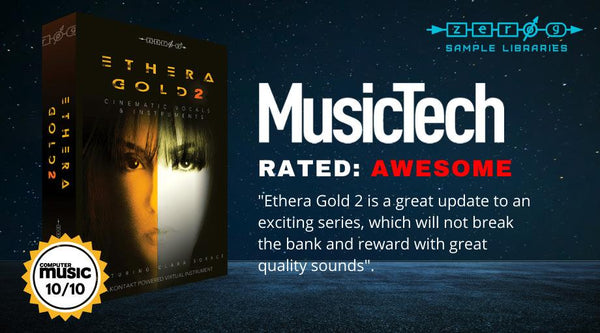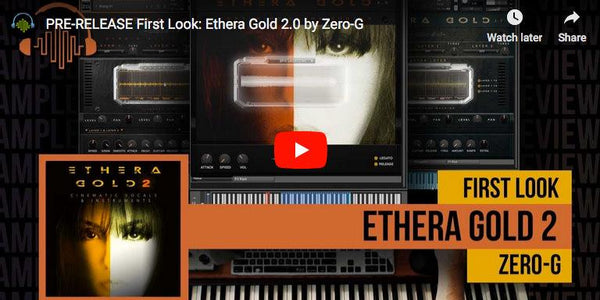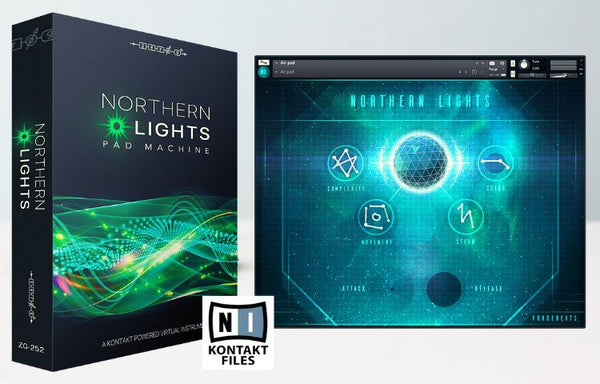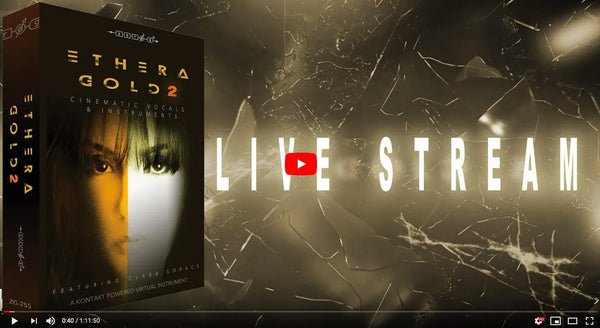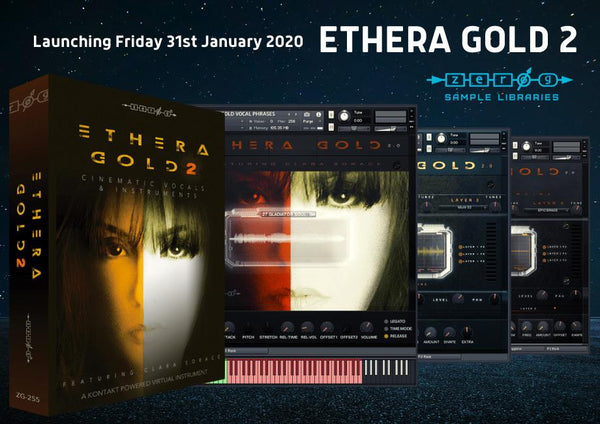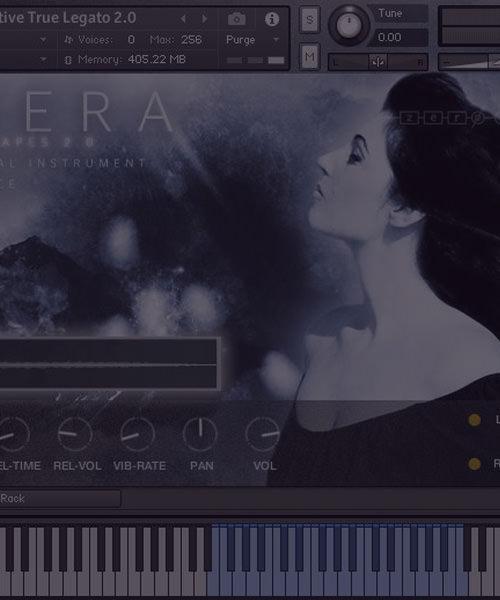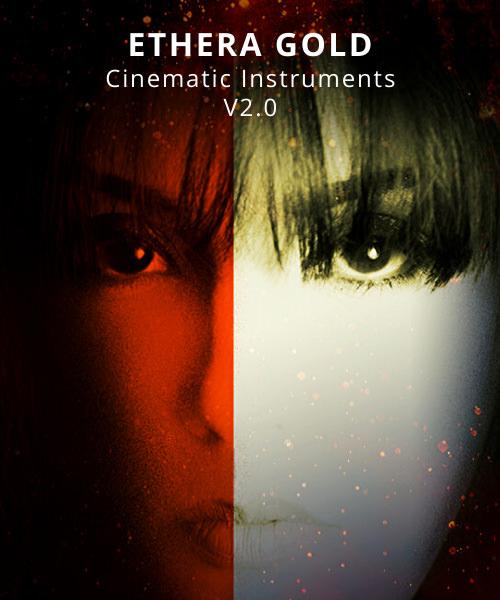Earlier this month, Playstation fans welcomed the release of Resistance 3 – a heroic yet savage first-person shooter video game that takes a dark swerve into post-apocalyptic horror. Boris Salchow, who wrote the score for the game, is known for his impressive artistic range that encompasses live orchestra, hybrid acoustic/electronic music, and immersive musical sound design.
Boris uses virtual instruments and sample libraries from several of our brands including Spectrasonics, Rob Papen, Synthogy and Zero-G so we got in touch with him to find out more…
First up, congratulations on the incredible score for Resistance 3 which has just been released for the PlayStation 3, what were the most challenging elements of this project?
Thank you! The most challenging part of this project was probably to strike the right balance of a more somber and emotional palette that we used for this story and the need to keep the player’s adrenaline pumping at the same time.
 Unlike many other ´shoot em up´ games, there is no military organisation in Resistance, meaning that the sounds you used moved away from the typical military elements - can you tell us more about these?
Unlike many other ´shoot em up´ games, there is no military organisation in Resistance, meaning that the sounds you used moved away from the typical military elements - can you tell us more about these?
Yes – the emphasis of the story is that civilization as such has been weakened to such a degree that people are scattered all over the world in small groups trying to just survive till the next day. The soundtrack clearly reflects this. There is no military style percussion in Resistance 3. Instead you will find a lot more intimate instrumentation highlighting how the humans struggle to survive – this is also true for the main character Joe Capelli himself who at this point is trying to defeat the alien forces first and foremost to make life possible for his wife and son.
With this background it was crucial to record as much of the score live as possible.
The score was recorded with a live orchestra at Abbey Road Studios in London. Did you compose the score using virtual instruments prior to the live recording? If so, which plug-ins did you use to do this?
 Yes, everything was written and programmed in a way that resembles what it would sound like with a real orchestra. Plug-in wise I am running a combination of many libraries. For the strings I used mainly the Los Angeles Scoring strings, they sounded perfect for this project and they are an amazing tool when being combined with Cubase’s VST-expression feature.
Yes, everything was written and programmed in a way that resembles what it would sound like with a real orchestra. Plug-in wise I am running a combination of many libraries. For the strings I used mainly the Los Angeles Scoring strings, they sounded perfect for this project and they are an amazing tool when being combined with Cubase’s VST-expression feature.
What hardware do you use in your set-up?
I am using all kinds of RME audio interfaces that all feed into a pro tools HD rig. In terms of controllers I have minimized my setup to an 88-key controller, Steinberg cc-121 and an old Korg trigger finger which still has the perfect combination of pads, sliders and knobs for me.
Which DAW do you use and why?
I am using Steinberg’s Cubase basically since I started using computers to make music. Steinberg just keeps pushing the envelope and is constantly adding new features that have proven extremely helpful for composing music to picture in a professional manner. I think for composing for picture one of the most important inventions in the sequencer world of the last years is the VST-expressions function that Steinberg implemented in Cubase recently.
For those of our customers who aren´t so familiar with Cubase, please could you explain what this function does and why it´s so fundamental to your work?
VST expressions gives you the possibility to teach Cubase how to access different playing styles of instruments. A good example would be the different playing styles of strings. You have long notes, marcatos, staccatos, detaches, pizzicatos etc. In Cubase you can now define any of those playing styles and tell it how to access the sounds. After that you can work on one single midi track switching in between all those styles, even though in reality you are using a combination of different channels or key switches etc in the background. You can now also just select a bunch of notes in the key editor and tell them to be ‘pizzicato’. This substantially changes the way you can juggle around with playing styles in a professional manner, especially when writing orchestral music.
You´re a fan of Synthogy´s Ivory pianos, why do you choose to play these rather than competing virtual pianos?
There was a time when I kept hearing these great sounding pianos in some of my colleague’s compositions. And each time I asked them what piano library this is I got the same answer – Synthogy’s Ivory. Well, there you go. This one was just resonating with me.
 Have you upgraded to Ivory II yet? What were your initial impressions of the new engine?
Have you upgraded to Ivory II yet? What were your initial impressions of the new engine?
Yes, I have. I first played Ivory II at this year’s NAMM-show. And I was blown away! Even through all that noise that you have on those trade shows I could clearly hear how much more organic the plug-in sounds .. again!
We hear you´re also a fan of Spectrasonics Trilian – can you tell us what it is about this plug-in that you love?
Spectrasonics is building amazing plug-ins for many years now. I have been using them for countless projects and Trilian, as well as its predecessor Trilogy, is just one of the most versatile and miraculously punchy bass plug-ins out there.
On which soundtracks would we have heard these instruments?
You hear a lot of them in most of my commercials and trailers. And there was a lot of Spectrasonics going on in some of the Ratchet & Clank tracks and the film 80 Minutes that I scored.
Rob Papen´s Albino synth can also be found amongst your set up – how frequently do you use it and for which types of sounds do you find it most useful?
Albino is my secret weapon for many different situations. I like that it is a very clean and neutral sounding synth without being cold or ‘computerish’. And the arpeggiator section very quickly leads to great sounding results.
We also hear you have several Zero-G sample libraries – could you tell which titles feature amongst this collection?
Alien Skies and Dark Skies are great inspirations and Degrees of Abstract was really one of my bread and butter libraries for a long time. And I use many of their Hip Hop and Dance libraries if I have to enter those realms.
 What is your process for composing for a particular film or game?
What is your process for composing for a particular film or game?
From the moment that I have a general idea of the subject matter of the project my mind already starts playing around with ideas whenever I can. To me, music for picture always has a lot of dimensions. Which of the characters deserves a theme, what is the general style, how do I pace everything throughout the whole story? All of these layers have to be thought about. I like to create as much of this in my head – I want to know what I want to say musically before I touch the keyboard. Then, usually I write a few themes and run them against an important scene and then I will start changing and fine tuning the ideas.
Do you often get sent temp-tracks for specific projects? How do you deal with these?
Yes, I often work with temp tracks and I actually do appreciate them, provided the temp track is the right fit for a particular scene. In that case it just raises the bar of what I have to come up with. Which usually – in retrospect – made the final result become better.
 You´ve written the soundtracks for several car commercials including Audi, Lamborghini and Mercedes Benz – do you get to see the visuals before you compose the music? If not, what is a typical brief like for such adverts?
You´ve written the soundtracks for several car commercials including Audi, Lamborghini and Mercedes Benz – do you get to see the visuals before you compose the music? If not, what is a typical brief like for such adverts?
In most of the cases I do get the visuals first and I can approach the job more like a (very short) movie. Recently more and more parts of those films are actually created in a computer though and it has become more common that I have to start working on so-called pre-visualization movies.
The timing is already somewhat defined but at times instead of beautiful cars and landscapes you see wire frames on a black background. This demands a certain amount of imagination and it’s very crucial to communicate with the creatives a lot. There is no typical brief – sometimes there is a temp track, sometimes we look for temp tracks together, sometimes there are just key emotions we know we want to hit and they give me the freedom to do my thing.
How do you try to keep your music fresh as a composer?
I have to keep my studio up-to-date with the latest libraries and plug-ins. And then you have to keep listening to current music out there – be it songs on the radio or scores in the movies.
 What´s been your biggest project to date?
What´s been your biggest project to date?
Resistance 3 definitely has been the longest project I have worked on so far and I think it is also the project with the most music that I had to write (4½ hours) which took more than 14 months.
What advice would you give to our customers who want to compose for the media?
When a project shows up you usually have to be fast. I really recommend spending a lot of time with your software and all the libraries we have today so once you have to get going you know where you got a certain sound from. In other words - just go and write music every day!
Click here to find out more about Boris Salchow´s work
Photos courtesy of Tom Bowles

